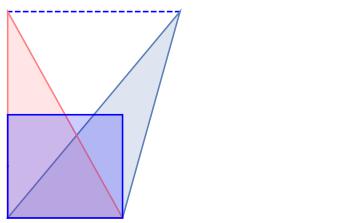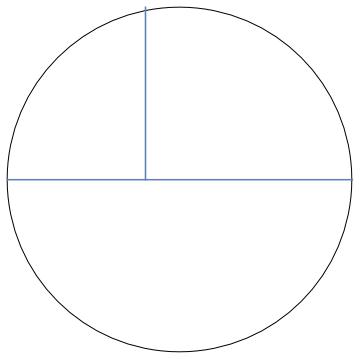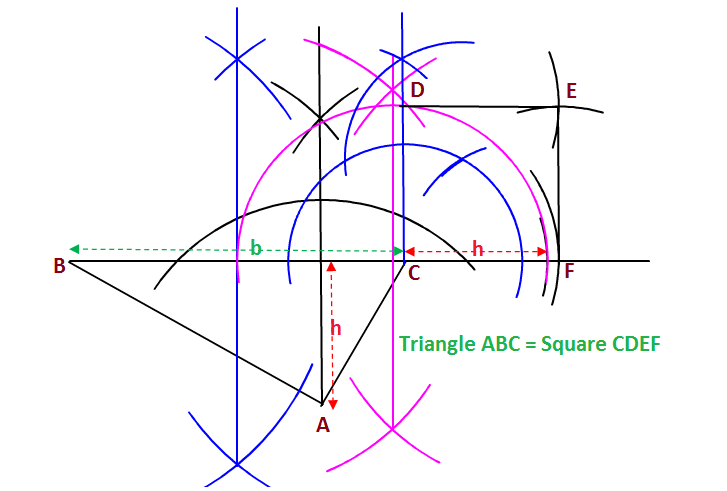How will you draw a square equal in area to a given triangle?
3 Answers
See below.
Explanation:
Given the triangle
After that we construct the equivalent area quadrilateral
Now we need a square with side
and this is done drawing a circumference with origin at


Find the area of the triangle and then find the square root find the length of the sides of the square.
Explanation:
Assuming that you have all the measurements of the given triangle, you can calculate the area:
If you do not have the measurements, but a scale drawing, you can measure the length of the base and the height.
Once you have the area of the triangle, you also have the area of the square,
To find the length of the side:
Find the square root of the area to find the length of the sides of the square.
Use this length to draw a square,
This is by calculation, rather than by construction.

Steps
- The base
BC=b of the givenDeltaABC is bisected - Perpendicular
h from A toBC is drawn. - line segment of length
h is cut off from the extended part ofBC - Line segment of length
b/2+h is bisected and a semicircle is drawn takingb/2+h as diameter - Perpendicular
CD onBC is drawn , which intersects semicircle atD . Now the length ofCD will be mean proportion ofb/2 and h . HenceCD^2=1/2xxbxxh="Area of "Delta ABC - So a square
CDEF completed on sideCD is the required square.



